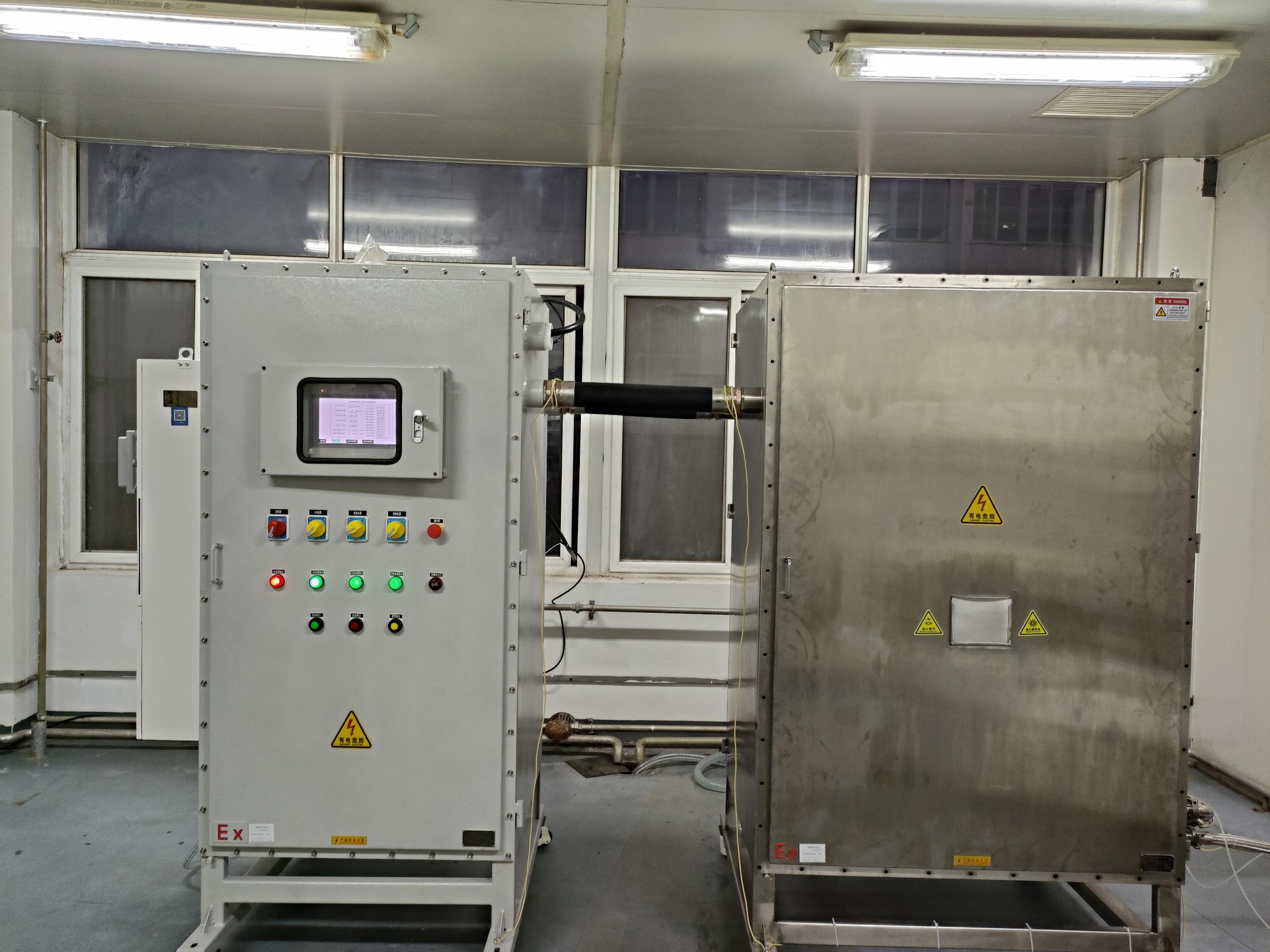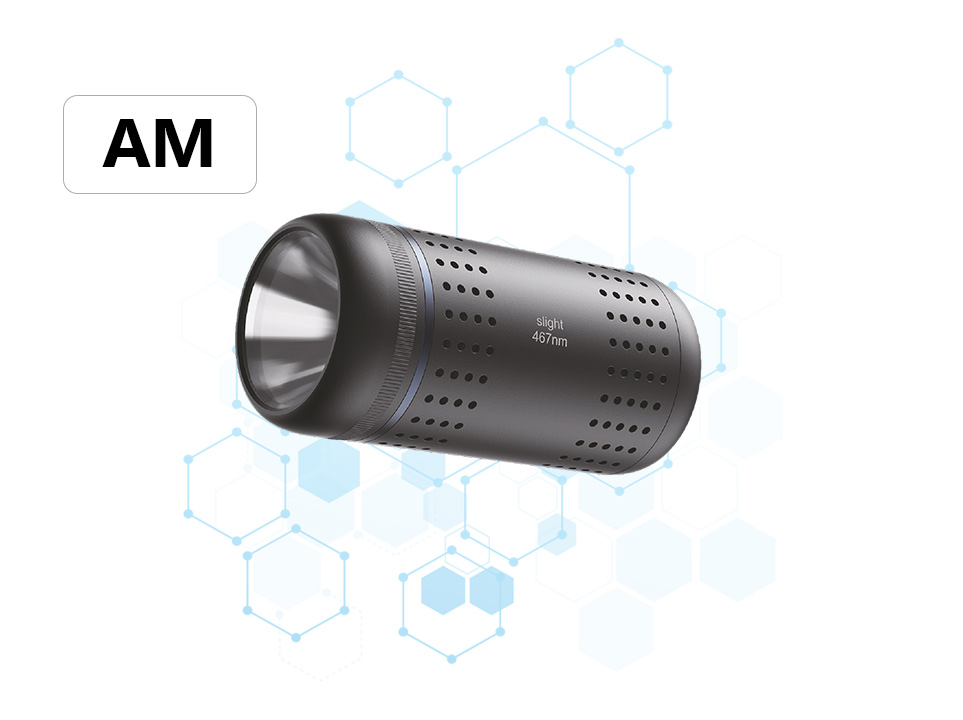Working Principle and Characteristics of Industrial Photoreactors

Working Principle
Industrial photoreactors drive chemical reactions using light energy. Their core mechanism involves utilizing specific wavelengths of light sources (e.g., ultraviolet, visible, or laser light) to excite photosensitizers or reactant molecules, elevating them to high-energy states. This triggers processes such as bond cleavage, electron transfer, or free radical generation, ultimately enabling chemical transformations. The reactor design typically includes a light source system (e.g., LED arrays or mercury lamps), a reaction chamber (made of transparent materials for light transmission), and mass transfer devices (e.g., stirring or microchannel structures). Photocatalysts (e.g., titanium dioxide) can enhance reaction efficiency, while some systems incorporate circulating cooling to control temperature and mitigate photothermal interference.
Characteristics
High Selectivity and Efficiency: Light energy precisely excites target molecules, minimizing side reactions and improving product purity.
Environmentally Friendly: Operates under mild conditions (ambient temperature and pressure), reducing energy consumption and carbon emissions.
Mild Reaction Conditions: Suitable for thermally sensitive substances or processes requiring avoidance of high-temperature decomposition.
Modular Design: Highly scalable, enabling capacity adjustments by adding or removing light sources or reaction units.
Broad Applications: Spans organic synthesis, water treatment (e.g., photocatalytic degradation of pollutants), and energy conversion (e.g., CO₂ reduction).





